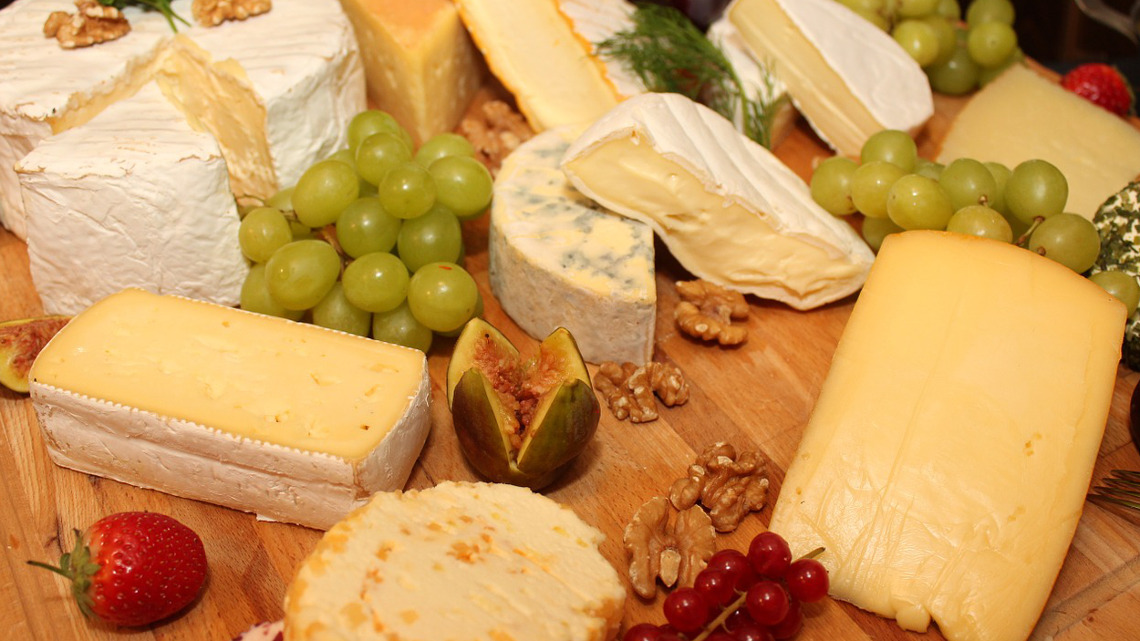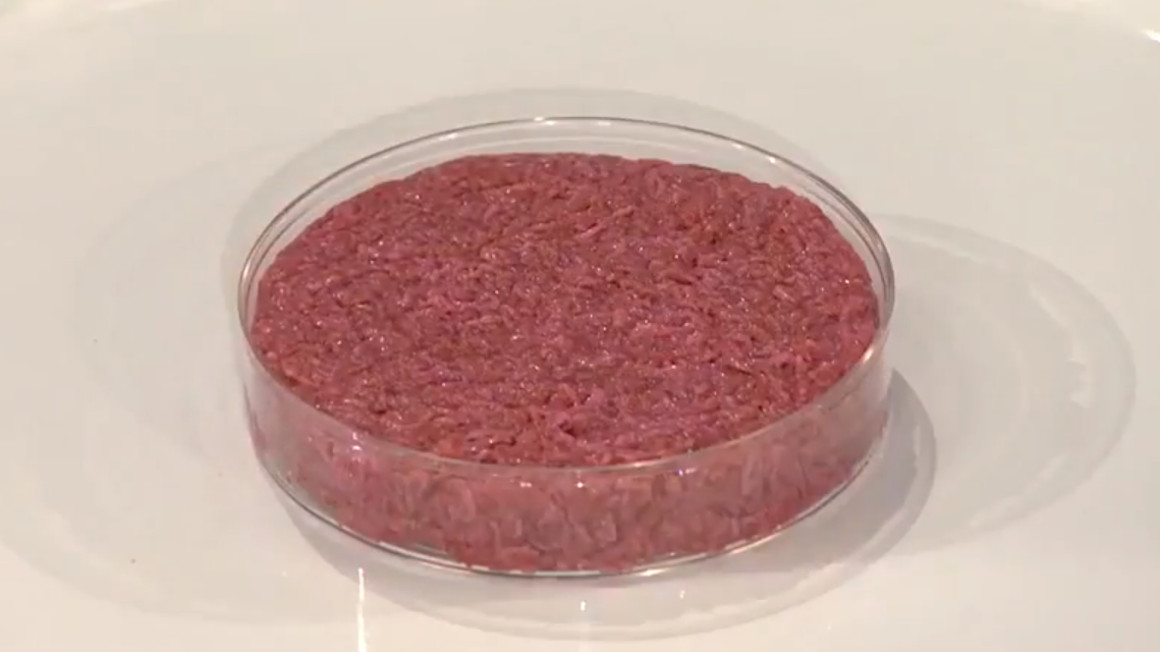For greater variety in the cheese department
According to official statistics, nearly 2.5 million tonnes of cheese were produced in Germany in 2015, of which over half were exports. This makes Germany one of the leading cheese exporters within the European Union.

Even so, the pressure of competition is also increasing amongst the German producers of Gouda and other cheese. The demand for new flavours of cheese is rising and production processes must be optimized. In cheese manufacturing, raw materials alone account for 87% of the costs. Nutrition researchers at the Hohenheimer University in Bonn now aim to advance an era of 'Cheese 4.0' by establishing a new technology platform. The new process is aimed at simplifying the production of sliced cheese, in particular, which has a market share of 30%, and increasing its variety. "We have developed a completely new approach to two steps of the traditional cheese-making process: We simplify the lengthy forming and pressing stage and allow for the addition of new, flavour-inducing microorganisms at a later period," explains dairy scientist Jörg Hinrichs.
Making cheese production flexible
The technique will allow cheese manufacturers to make flexible modifications to both the taste and the shape of the dairy product in question without any extra effort. As Hinrichs explains, the most cost-intensive and elaborate part of cheese-making is the forming and pressing. "When the whey has been separated the remains must be pressed into a form for several hours so that it coagulates again. The forms have to be cleaned thoroughly, too," as Hinrichs points out.
An extruder forms the cheese faster
This is where the researchers from Bonn use an extruder. In a single step, the individual cheese fragments are subjected to pressure and temperature so they revert to a coherent mass of cheese. "If you then press this mass into a mould, the raw cheese already takes on its final shape – round, rectangular, oval or even heart-shaped. That process requires less time and space – without compromising quality," emphasizes Hinrichs.
More taste through modified flavour injection
Cheese gets its flavour from microorganisms. Normally, they are mixed into the milk at the very beginning, prior to the forming and pressing stage. Here, too, the researchers have adopted a new approach. "If one injects the aroma-generating microorganisms after the forming process, each wheel of cheese can ripen with its own individual aroma," explains Hinrichs. Not only can different microorganisms be tested faster, but also new flavours of cheese can be developed more quickly.
The project, funded by the German Federal Ministry for Economic Affairs and Energy, involves mathematicians as well as nutrition researchers at the Hohenstein University. The mathematicians use differential equations to determine the best location in the cheese for injecting the microorganisms so that the flavouring agents are distributed uniformly during the six weeks in which the cheese matures.


